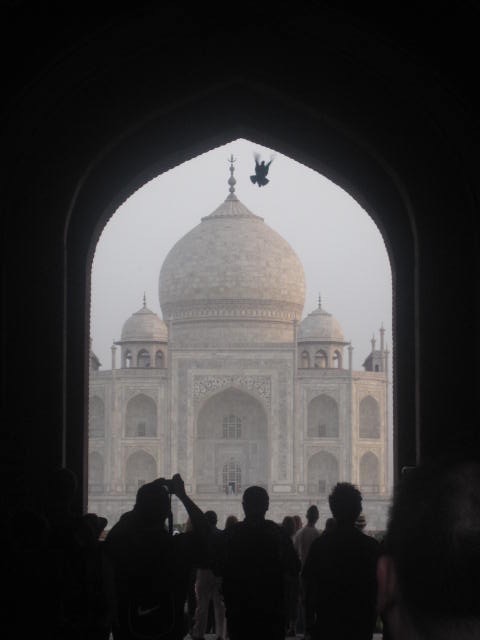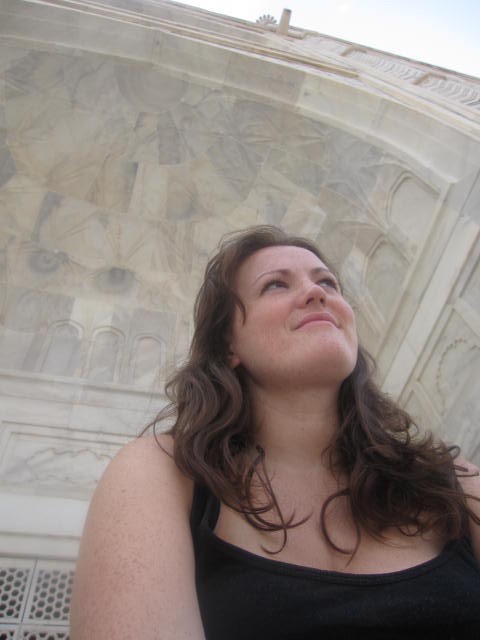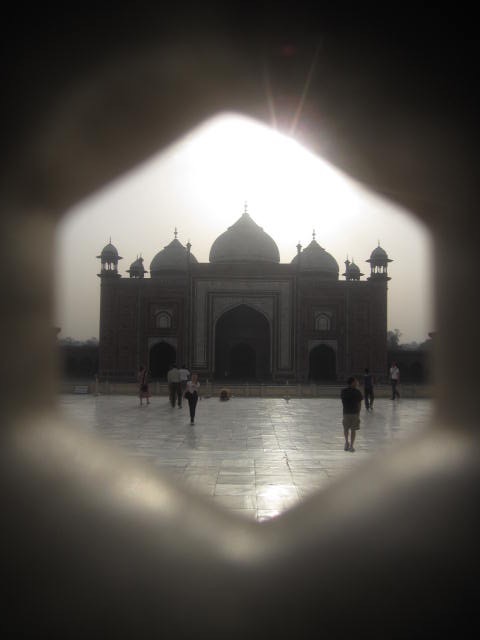The Story Behind My Taj Mahal Drawing
/



The Taj Mahal in India is regarded as the finest example of Mughal architecture. It was built by Mughal emperor Shah Jahan in memory of his third wife, Mumtaz Mahal, and is widely recognized as the jewel of Muslim art in India. The Taj Mahal is a very important and iconic piece of art and architecture, a UNESCO World Heritage Site.
This hand drawing was created from photographs and sketches I did the day I visited the Taj Mahal with my close friends to celebrate and mark our 30th birthdays, a few years ago now. We started our day around 5am so we could beat the crowds, took an auto-rickshaw to the gates, and paid our entrance fee. Walking down the path, you could feel the excitement build up amongst us. As we walked through the old arches we were met with the famous view looking straight at the Taj Mahal, reflecting in the water and trees lining the pathways.
A few hours of walking around and taking it all in, we sat and reflected on where we were, together as friends, in this amazing setting. I love this last picture because it reminds me of the all vibrant colours in India, the bright orange, the mint green, the pretty blues, the array of pinks, so beautiful.

















































